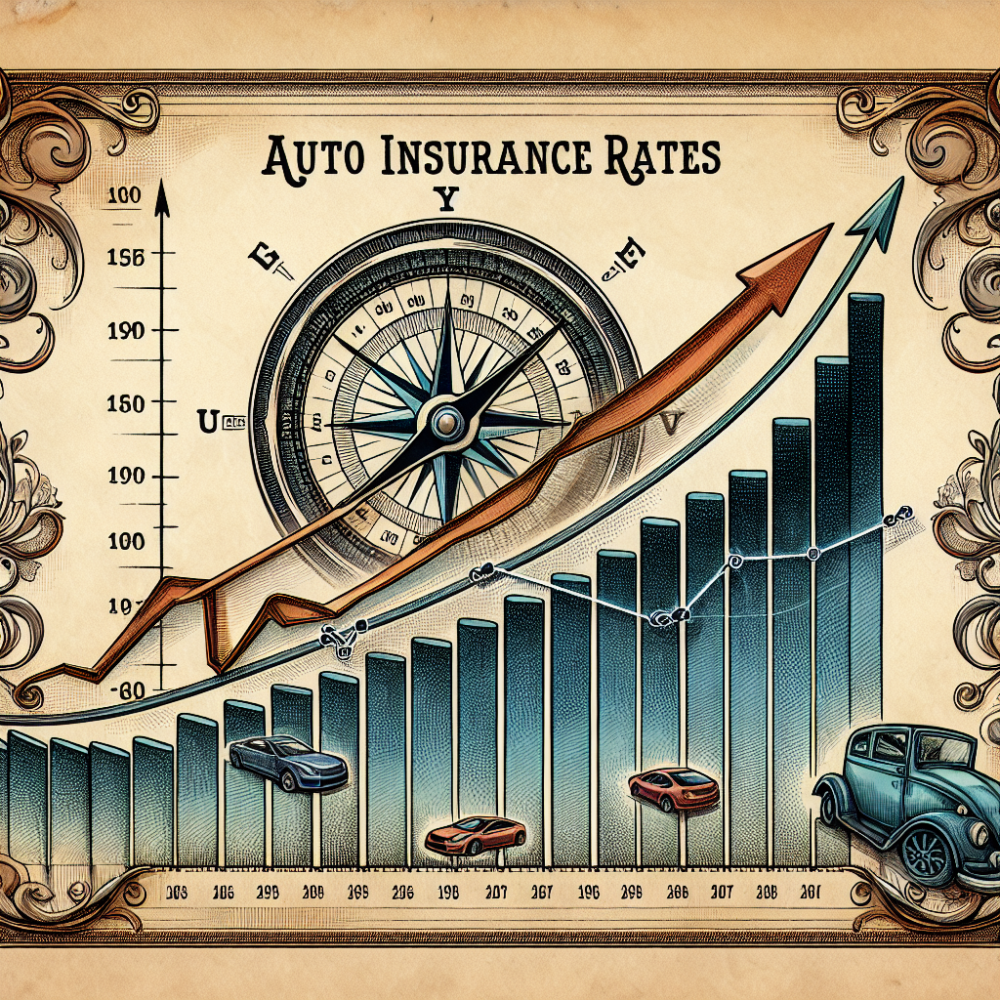Navigating the Evolution of Auto Insurance Rates

Posted on: Saturday, March 2nd, 2024
As we move further into the 21st century, the landscape of car insurance is poised to undergo significant transformations. Factors such as the advent of autonomous vehicles, the rise in data analytics, changing environmental laws, and evolving consumer demands are all expected to play pivotal roles. These changes will not only affect how policies are structured but will also have a profound influence on insurance premiums. Understanding these dynamics is crucial for policyholders aiming to optimize their insurance expenses while staying adequately covered.
In the realm of auto insurance, technological advancements stand at the forefront of driving changes. The integration of telematics allows insurers to gather real-time data on driving behavior, potentially lowering premiums for safe drivers. However, as vehicles become more connected, the risk of cyber threats intensifies, potentially leading to higher premiums to cover these new risks. Autonomous vehicles, expected to reduce accidents significantly, may initially cause a surge in premiums due to their high repair costs and uncharted liability territories.
Environmental regulations are tightening globally, pushing manufacturers to develop more eco-friendly vehicles. This shift towards electric and hybrid cars may influence insurance premiums in two ways. Firstly, the higher initial purchase prices and repair costs of such vehicles could lead to increased premiums. Secondly, their potential to reduce pollution and create safer roads could eventually contribute to lower premiums.
Consumer behavior and expectations are also evolving, with many demanding more flexibility and transparency in their insurance plans. This has led to the rise of usage-based insurance (UBI) models, like pay-per-mile, which could significantly decrease premiums for low-mileage drivers. Additionally, the demand for more personalized policies could drive insurers to offer plans that are more closely tailored to an individual's risk profile, potentially saving consumers money.
The global push towards addressing climate change is another factor that could reshape the insurance landscape. Natural disasters, becoming more frequent and severe due to climate change, are likely to increase insurance claims and, consequently, premiums. However, the insurance industry's adaptation to these changes, through improved risk assessment and innovative insurance models, could mitigate some cost increases for consumers.
Finally, the regulatory environment surrounding car insurance is under constant evolution, with governments worldwide examining how to protect consumers while fostering innovation. Regulations affecting data privacy, cybersecurity, and vehicle safety standards will play a crucial role in determining future premiums. Ensuring compliance while leveraging technology will be a balancing act for insurers, with implications for premium rates.
In conclusion, the future of car insurance premiums is influenced by a complex interplay of technological, environmental, consumer, and regulatory factors. While some developments promise lower premiums, others might drive costs up. Staying informed about these trends will be paramount for consumers looking to navigate the changing waters of car insurance costs effectively. By doing so, consumers can better advocate for their needs and manage their financial planning regarding auto insurance.